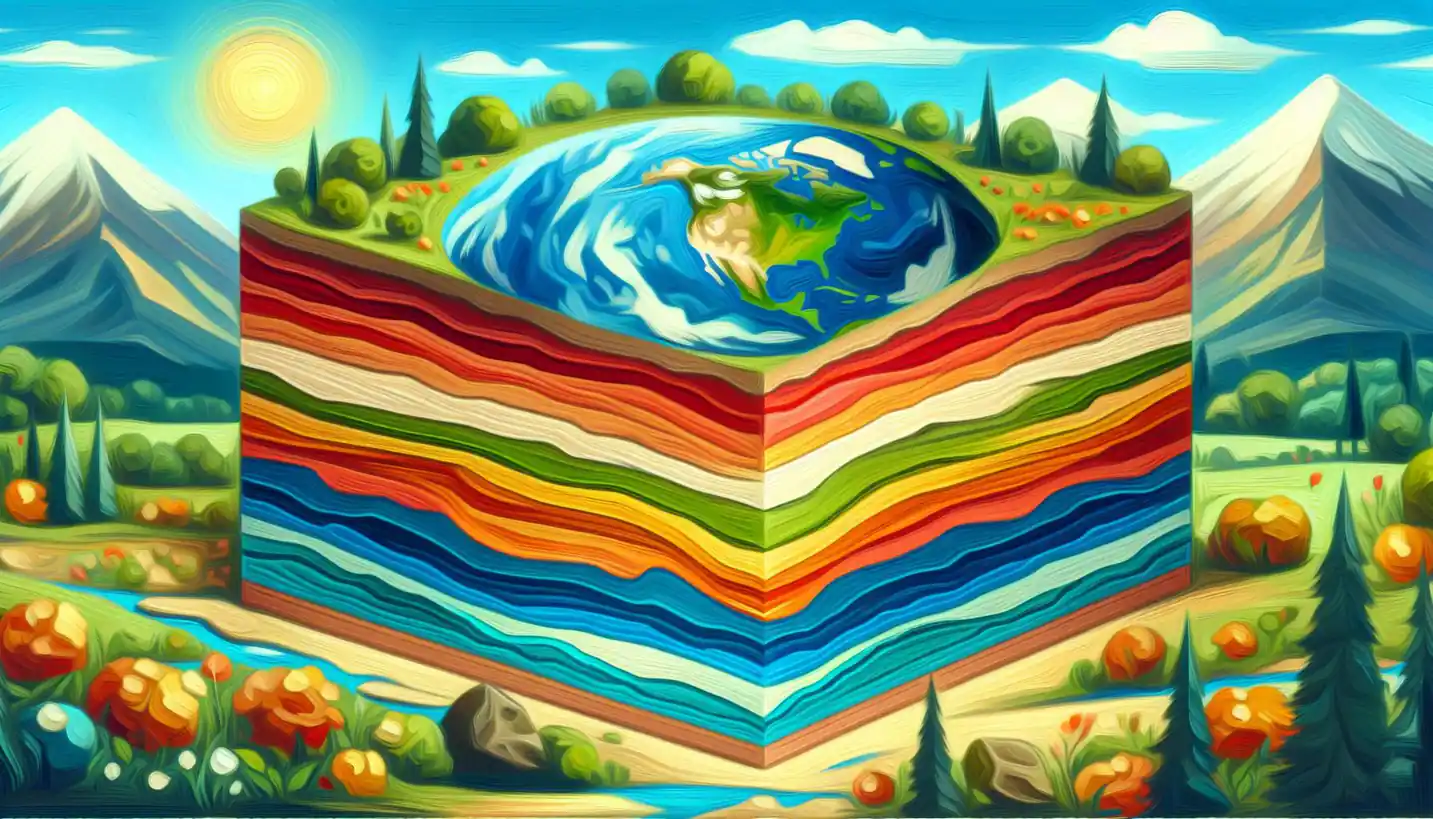· Geography · 5 min read
Turbidity Current: The Underwater Avalanche of the Ocean World
Turbidity currents are underwater landslides reshaping ocean floors. Delve into these powerful events that transport vast amounts of sediment beneath the sea.

Picture this: a giant underwater avalanche rushing down the slope of the ocean floor, carrying with it a mix of mud, sand, and water. This is what scientists call a “turbidity current,” a powerful and fascinating phenomenon in marine geography that’s like nature’s own secret bulldozer reshaping the seafloor.
What Exactly is a Turbidity Current?
Turbidity currents are basically underwater landslides. They occur when sediments—think of mud, sand, and silt—are disturbed and start flowing downhill along the ocean floor. Imagine tipping over a bucket of sand at the beach: the sand naturally rushes to level out the surface. Similarly, a turbidity current races down oceanic slopes due to gravity, carrying sediments with it.
These currents often start after an event that disturbs the sediment, like an earthquake, a volcanic eruption, or sometimes even a big storm. Once set in motion, they can travel at speeds of up to several miles per hour and move massive amounts of material over long distances, carving out large underwater canyons as they go.
The Story of Discovery
The idea of turbidity currents first emerged in the 20th century. Scientists noticed submarine cables used by communications companies being snapped by something big and mysterious—much like the string of a kite suddenly pulled too tight. This led them to investigate the deep-sea floor. In the 1920s, through painstaking research and exploration, they began to understand that these cables were being disrupted by moving sedimentary flows, now known as turbidity currents.
How Do Turbidity Currents Work?
Imagine it as mixing coffee with milk. When you first pour milk into a cup of coffee, it sinks quickly due to its higher density and eventually mixes completely. Turbidity currents work in a similar way. The mix of sediment and water is denser than the clear water around it, causing it to sink and flow along the ocean floor.
These flows can spread out into vast, fan-shaped patterns called submarine fans, much like a river delta on land but hidden beneath the depths. These fans are crucial as they transport nutrients and sediments from coastal areas far out into the ocean, enriching ecosystems and forming new landforms over geological timescales.
Why Are Turbidity Currents Important?
That brings us to the question of why we should care about these underwater avalanches. First, turbidity currents play a fundamental role in shaping the underwater landscape. They carve out deep-sea canyons and contribute to the formation of features like abyssal plains, which are some of the flattest and most expansive areas on Earth.
Moreover, understanding these currents is vital for our knowledge of natural hazards. They can affect underwater infrastructure, such as cables and pipelines, which are crucial for international communications and energy distribution. Knowing when and where these currents might occur could help in designing and placing such structures safely.
Turbidity currents also provide insights into past climate events. The layers of sediment they deposit can act like pages in a history book, preserving evidence of ancient climates, oceanographic conditions, and even mass extinction events. By studying these deposits, scientists piece together the planet’s geological story, offering clues about how Earth’s systems respond to change.
How Scientists Study Turbidity Currents
Studying these underwater phenomena isn’t easy. The depths are dark, remote, and often treacherous. However, modern technology has given scientists robust tools for exploration. Remotely operated vehicles (ROVs) are like the eyes and hands of scientists under the sea. They can dive deep, take samples, and provide real-time video footage of turbidity currents in action.
Sophisticated sonar mapping helps researchers visualize the seafloor, identifying the paths that currents carve and revealing the stunning topography that lies hidden beneath the waves. Additionally, sediment coring involves extracting cylinders of the seafloor to study the layers deposited over time, much like reading the rings of a tree to determine its age.
Imagining Future Discoveries
Could turbidity currents be harnessed for clean energy? Some researchers speculate about capturing the kinetic energy of these powerful flows. While still a futuristic idea, it sparks the imagination about unconventional energy sources that could one day complement our renewable energy portfolio.
Moreover, as climate change progresses, understanding turbidity currents will aid in predicting how increased storm intensity or meltwater flows might trigger these sediment avalanches, thereby impacting marine ecosystems and coastal regions.
The Ocean’s Hidden Sculptor
In the grand dance of Earth’s geological and ecological processes, turbidity currents are like the hidden sculptors of the ocean floor. They’re reminders of the dynamic, ever-changing nature of our planet. While they work out of sight, deep below the surface, their impact is profound, reaching even into our technological world by potentially disrupting global communication networks.
By continuing to study and learn about these fascinating currents, scientists aren’t just decoding the mysteries of the marine world. They’re also safeguarding our infrastructure, understanding past climates, and maybe even unlocking new energy potentials—all of which remind us of the ocean’s enduring power and mystery. The next time you gaze out at the vast sea, remember that beneath those waves, hidden currents are busy shaping our world.



